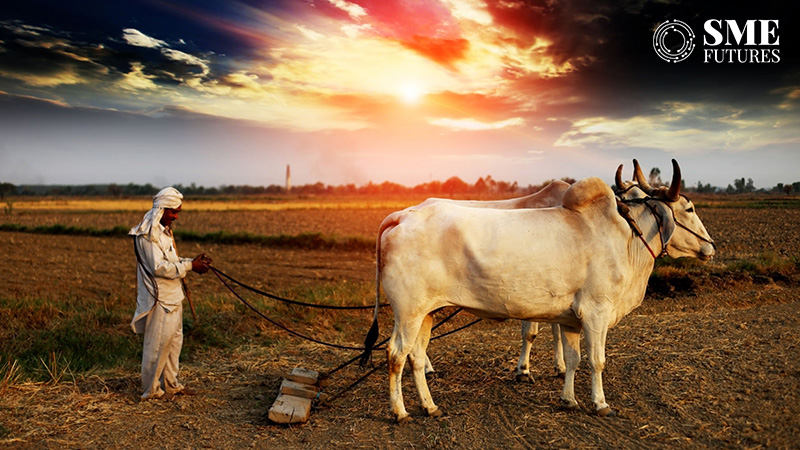The arrival of the southwest monsoon has been delayed across the country, leading to the late sowing of the summer crop. However, despite the delayed monsoon and the impact of heat waves on certain regions of the country, the extent to which the El Nino will contribute to drought-like conditions remains uncertain.
According to an analysis by Dun & Bradstreet this will affect the economy in some ways. Dr Arun Singh, Global Chief Economist at D&B opines that the delay in the onset of monsoons poses a risk to businesses.
The resultant delay in the sowing of the kharif crop has raised concerns over the kharif crop output and thereby the sales of agrochemicals and fertilisers. Experts at D&B expects the Index of Industrial Production (IIP) to have grown by 4.5% – 5.0% during May 2023.
Price Scenario:
To check retail prices, the government has imposed a stock limit on wheat till the end of FY24, besides the imposing restrictions on certain pulses. Given the moderation in the retail inflation and the deflation in the wholesale inflation, we expect an extended pause in the monetary policy.
However, it is pertinent to remain vigilant against potential risks from the increase in crude oil prices along with unfavourable geopolitical development which might alter the monetary policy roadmap. Dun & Bradstreet expects the Consumer Price Inflation (CPI) to be in the range of 4.1% – 4.2% and Wholesale Price Inflation (WPI) to be around (-) 3.5% – (-) 3.7% in June 2023.
Money & Finance:
In this area, D&B expect bond yields to edge upwards.
According to the analysis, the US Federal Reserve continues to maintain a hawkish stance, suggesting an additional 50 basis points hike. While back home, the Monetary Policy Committee paused the rate hiking cycle and has signalled monetary conditions will remain tight for some time as it looks to attain the 4% inflation target.
D&B expects the 15-91-day Treasury Bills yield to remain at around 6.8%-6.9% and 10-year G-Sec yield to be 7.05%-7.1% for June 2023.
External Sector:
The Indian rupee (INR) appreciated (month-on-month) vis-à-vis the US dollar in May 2023 and remained less volatile. Foreign exchange reserves have rebounded from the low of USD 524.5 billion on 21October 2022 and now stand close to USD 600 billion (16 June 2023) supporting rupee.
Intervention by the Central Bank to support exporters, is expected to keep rupee rangebound, as strong FII inflows are weighing upon rupee. Dun & Bradstreet expects rupee to appreciate, although slightly, from May to 82.2 -82.3 per US$ during June 2023.
Commenting on the scenario, Dr Singh said, “Domestically, the delayed monsoon and the external geopolitical developments impart uncertainty on inflation trajectory and pose risks to businesses, particularly those serving the rural segment. As the full impact of the previous monetary policy actions are still unfolding, lending rates in 2023 are expected to surpass the levels seen in 2019. On the other hand, despite the narrowing of the interest rate differential between USA and India, there is renewed risk appetite from foreign investors, with net investments in equities increasing to the highest level in the last nine months”.











